Lavender, Mountain Lavender - how much is the point in these simple words. Lavender is a very beautiful and fragrant plant. To admire it with beauty during the flowering period, you can go to the southern countries, and you can make a small flower garden at home on the windowsill or grow lavender on your household plot.
Lavender was known to humanity since ancient times. In this plant, it is impossible not to fall in love with a glance, a thin gentle aroma and a delightful shade of colors make it stop and enjoying blossoms infinite. If you dream to admire the beauty of this exquisite plant, we suggest familiarizing yourself with the Rules of Growing Lavender. It doesn't matter if you are an experienced gardener or just begin to develop the subtleties of this case, put and grow a lavender, both on the windowsill and in your garden.
Types of lavender
Before you know how to grow a lavender, let's get acquainted with the views of this beautiful plant. In nature, there are more than 25 types of lavender, but only a few are popular:
- English or narcotic lavender. This is the plant and is the subject of adoration. When we say: "Look, how beautifully blooms lavender!", It is English lavender. The plant reaches in growth to 1 m in height, the leaves are narrow-leaved, like the flowers themselves. Lavender is unpretentious, not afraid of frosts. Flowers can have a different color, from the traditional purple shade, to pink, lilac, white and even blue. The aroma is very gentle and fresh, flowering period - July. The varieties of this type of plant are very much, differs in the shade of flowers, the varieties of lavender are called "pink" (Rosea), "Blue with Lilav" (Beechwood Blue), "White Dwarf" (Nana Alba) and so on.
- Lavender flask or broad-sized. She has a stronger fragrance than the traditional lavender (narrow-mounted). It is distinguished by the fact that on one stem located at once 3 inflorescences (the English lavender is only one).
- The hybrid variety of lavender ("Lavendern") is a mixture of the above-described plant varieties. It grows such a lavender in the southern and middle part of Europe, in the gardens and fields. It is not so resistant to cold, but it is a great value as a medicinal plant. Lavender reaches a height of 2 meters, her leaves are long and narrow, large flowers. The flowering period of the hybrid lavender - mid-July, it is a little later than a narrow-collar lavender blooms. A high-quality essential oil is obtained from this variety of plants. Flowers of this variety of lavender can have a different color: blue, purple, purple. Flower size can also be different, from small, to large.
- The French or Sthagadskaya Lavender is a decorative plant variety with a long stem and a bract. Color shades can be the most diverse (the result of many years of breeders). You can find whole lavender plantations with green, white, burgundy, purple and traditional - purple flowers. The smell of this variety lavender is also very strong, but not so pleasant as the lavender is English. The period of flowering is early, so at the end of the summer, Lavender can please be a second time with its flowering. For the middle strip of Russia, breeders are recommended to grow this grade plant in pots at home.
- The toothed lavender is a small shrub, with beautiful gear leaves under "silver", flowers are large and very fragrant. The flowering period of this plant is July. The plant loves heat and does not tolerate freezing, so this variety of lavender is preferably grown at home in pots.
- Velvet hybrid lavender is a very beautiful plant with fragrant colors and leaf of silver.
How to grow lavender from seeds
You can grow a lavender from seeds at home, the plant is unpretentious, but the basic rules of care and landing will still have to be observed.
You can buy seeds of plants in any store, and you can choose any variety of this plant. Of course, not every type of lavender can be grown on a plot and at home, it is best to start practicing from growing a narrowing lavender. Seeds buy back from autumn or winter. Why is that? The fact is that each planting material must be prepared before sowing, and it takes a lot of time.
To increase the germination of seeds, they need to withstand at a certain temperature (from +5 oWITH). This preparation is called "artificial stratification", the seeds simply put it on storing to the lower box in the refrigerator. Why is artificial? For the natural challenge of seeds (put into the ground and leave for the winter) the climate of Russia is too harsh and seeds can simply freeze. Therefore, hardening the planting material is needed at home. For this, the seeds are stirred with sand (only clean and sifted), poured into the container or into a dense polyethylene bag and laid onto the bottom shelf of the refrigerator or in the storage box for 2-3 months. After such extracts, the seeds can be dried into the drawers prepared in advance with the soil or immediately into the greenhouse.
If you put the seeds of the lavender, then the first flowers will appear in a year. So first the plant will develop and build up the root system and only a year later, and maybe even two, the plant will delight you with its flowering.
Lavender. Growing conditions
Consider two ways to grow lavender: from seeds and landing seedlings directly into open ground. Reliable is the option of planting seeds in pots on the windowsill.
How to prepare seeds, you already know. Now you need to prepare the ground for landing and pots (you can make drawers or adapt any containers). We will prepare the ground for landings yourself, so you will be confident in quality. Take 3 parts of the Earth (best of all garden) and mix with the humus (2 parts) and 1 part of the sand (pure and sifted, best of all river). The resulting mixture must be sifted through the sieve so that the soil is not dense and without lumps. It is best to pre-process the soil - to roll in the oven at 110 oC, you can disappear. If you can't do it, then you need to pour the soil with a weak manganese solution.
Prepared seeds (excerpt 1-2 months) at the end of February - early March is evisted into the container with the soil. Just do not forget to ensure drainage in every pot or box, on top of the drainage layer, lay a thin layer of sand (up to 3 mm), then soil and can be seeding seeds. Top to pertinate the ground with a thin layer of sand. Capacities need to be covered with a plastic film and put into a warm and light place. Periodically, you need to open the film so that shoots are ventilated. The room temperature should be not lower than +15 oC, but not higher +22 oWITH.
As soon as germs appear, you can put boxes with a seedl of lavender on the windowsill and ensure that the seedlings are not pulled out. The film can be removed first for 30 minutes a day, after a couple of days - for an hour, and then completely remove.
As soon as the seedlings are strengthened, you can transfer it to a permanent place in a separate pot.
There is another way to grow seedlings - sow seeds into an open ground. First you need to wait when the first shoots will appear, but before that it is important to comply with certain rules.
How to grow lavender at the cottage:
- preparation of a seat for landing. Choose a sunny and dry plot, as Lavender does not like moisture and dampness. By the way, note that the plant does not like a transplant, so you need to immediately choose a good place and do not reset the lavender;
- soil preparation: First you need to move the entire area, add river sand to the soil (can be fine gravel) to improve air circulation and strengthen moisture permeability;
- seying seeds in open ground can be in October (for residents of southern regions). The depth of 4 mm, the soil after planting you need to slightly seal. If it is dry, then immediately after planting, the seeds are allowed to pour, but not plentiful;
- as soon as it becomes cold and snow falls, it is necessary to paint on the site where Lavender is planted, more snow;
- expect the first shoots at the beginning of summer or at the end of May, if spring was turned out to be warm;
- seeds may seem much later, so do not rush to drag the plot;
- young seedlings love moderate watering, it is impossible to pour a plot;
- make sure that the soil does not drive;
- as soon as the first inflorescences appear (in the open ground, as well as during the cultivation of lavender from seeds in pots), it is necessary to remove them so that the plant is strengthened;
- since Lavender will grow very slowly in the first year, then it is necessary to ensure that the weed grass has not interfere with the growth. It must be deleted in a timely manner;
- by the way, Lavender really does not like dampness and moisture, as well as acidic soil;
- to wintering bushes, young lavender needs to be covered with oak leaves (they do not rot), and on top you can lay a sweetheart made of coniferous wood. It is impossible to cover plants with polyethylene, as they can recreat;
- the next year, the lavender will no longer be covered;
- lavender, regardless of age, wakes up after the winter hibernation very late. You may seem that it has fed, but it is not. Wait, soon the first green leaves will appear on the stalks, and soon the fragrant flowers.
How to grow lavender at home
It's not so difficult to grow a lavender from seeds, as it may seem, a little patience and everything will turn out!
We study the process of growing Read more:
- We go to the store to buy lavender seeds.
- The planting material is mixed with pure river sand, we cover into a plastic film and send it to the refrigerator storage (we fit into the box for vegetables).
- Hardening seeds can be done differently: take cotton cosmetic discs, moisturize each disc, put the seeds, cover the second disk. Both disks accurately place in the package with a clasp and send it to the refrigerator. Every 3-4 days you need to open the package for 1-2 minutes to venture the seeds.
- After 2 months, the seeds can be obtained, prepare a pot (volume of at least 2 liters) and soil.
- Requirements for the soil: It can be a mixture of peat with sand, you can add a bit of vermiculite and perlite, as well as the chopped egg shell to make a mixture with a slight alkaline reaction.
- In a month you will see the first leaves, and when the plant will reach 6 pairs of young leaves, then the top need to be removed so that the plant goes well.
- Watering young plants should be soft and moderate. It is best to water the lavender in the morning and in the evening, little by little. You can irrigate the green parts of the plant from the sprayer. Do not forget to make feeding.
- Lighting - at least 9-10 hours a day, so artificial lighting is needed. It is especially important to freeze lavender on cloudy days and in the evening.
- Make sure that the leaves are not captured in the sun, if you put a pot with plants on the windowsill.
In the first year after landing, the lavender will be weak and unsightly, do not worry. The plant needs time to grow. In the second year of life, the first flowers will appear, during this period you need to try to avoid drafts, but the lavender do not need to be refused.
A year after sowing seeds, young plants need to trim so that the growth of lavender is no more than 15 cm, then you will get a neat, thick and beautiful bush. By the way, after the lavender is swinging, it is necessary to perform a trimming again.
In winter, it is necessary that the lavender rested, transfer the pot with a plant on a glazed loggia, the room temperature should not be descended lower than +5 oWITH.
If necessary, the transplant of the strengthened plant can be carried out only after 1.5 years, in spring or autumn, so that Lavender has time to arrive in a new place before the flowering period.
An adult plant can be propagated from the air pressure. For this, the branch must be tilted and put on the ground so that it lay horizontally, and then sprinkle the earth. From above you need to put something that the branch is attached (you can stone). After a couple of months, subject to certain conditions (it is necessary that the soil is always wet), the plants are soon rooted, and it can be cut off from an adult plant to transplant.
You can do otherwise and break away the worried cuttings from an adult plant or a few branches to put in the ground. You just need to insert a twig into the ground and pour water. On this, everything, and with the onset of spring, you will soon grow out of one twig lush bush, which will delight flowering in the summer.

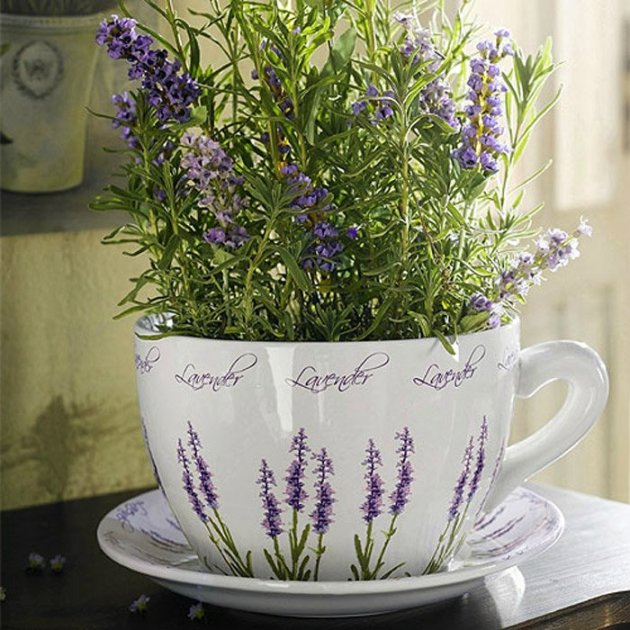
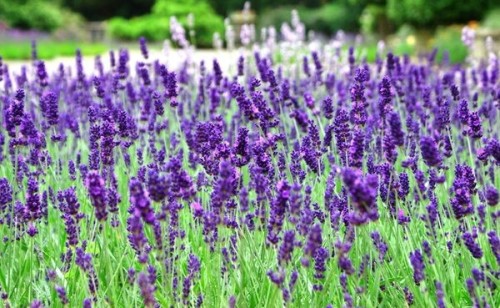
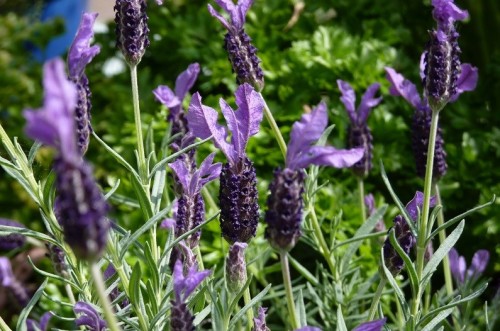
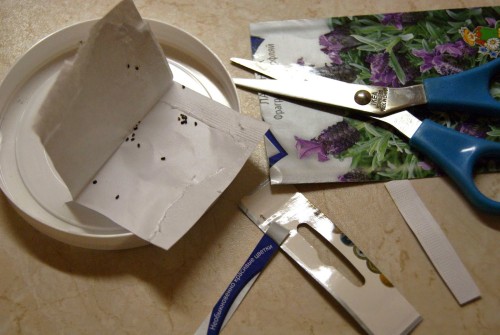
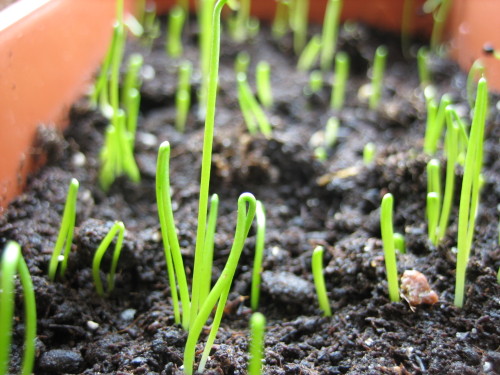
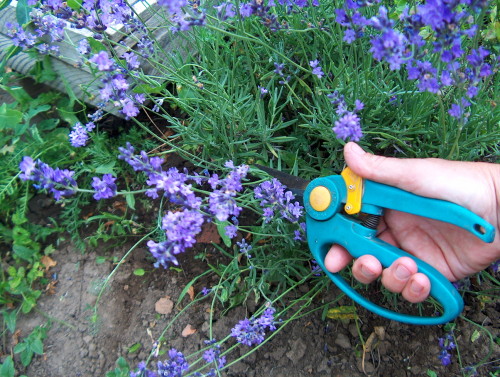
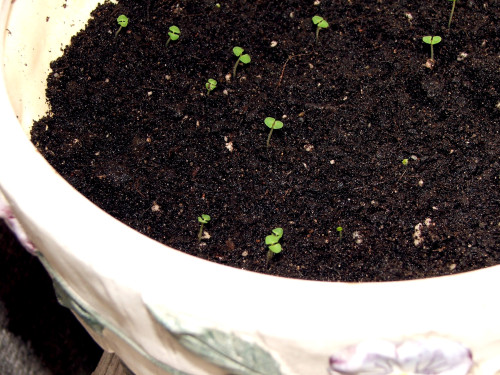
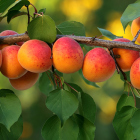

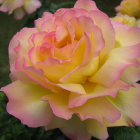
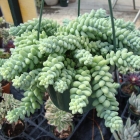
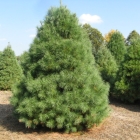
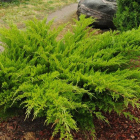
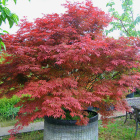
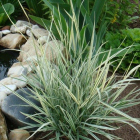
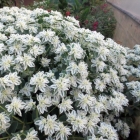

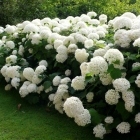
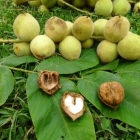
 Start a discussion ...
Start a discussion ...